Respected for its pioneering approach to engineering, the Z-102 could also be regarded as the first of several legendary cars born solely from an individual’s dispute with Enzo Ferrari.
Still reeling from the effects of the Civil War, Spain desperately needed to develop its own automotive industry to meet commercial transportation needs. Consequently, the State formed Enasa in 1946, adopting the old factories of the troubled Hispano-Suiza marque. A number of its experienced engineers were also recruited. Ex-Alfa engineer Wifredo Ricart was charged with heading up Enasa, which would sell commercial vehicles under the Pegaso brand.
Since he was not only a pioneering engineer but also a bitter rival of Enzo Ferrari (the pair famously fell out during their stint together at Alfa), it seems in retrospect almost inevitable that Ricart would lead a charge to build supercars rivalling those produced in Maranello – but the Z-102’s debut at the 1951 Paris Salon stunned everyone. In many ways it was ahead of its time: a five-speed gearbox, supercharged V8 (an unusual configuration at the time) and sodium cooling for the exhaust system all featured, yet in other respects the Z-102 was outdated. Power steering was a notable omission, while the all-round drum brakes proved disappointingly ineffectual.
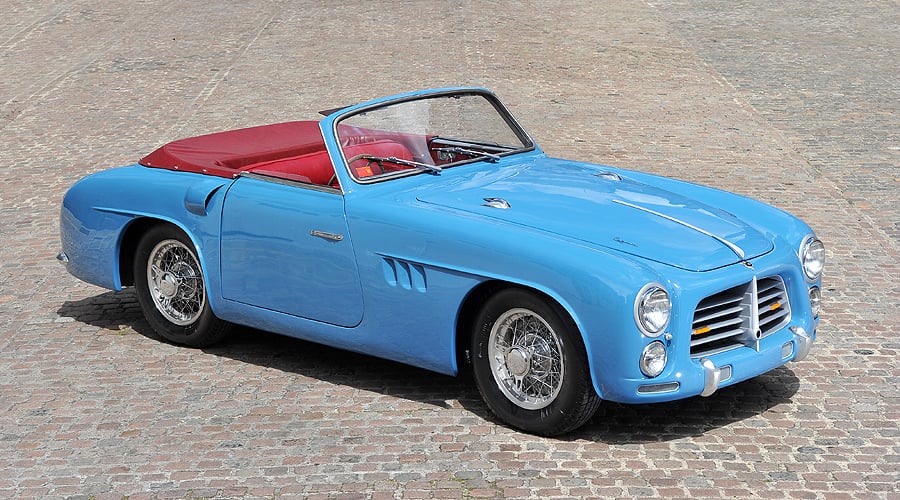
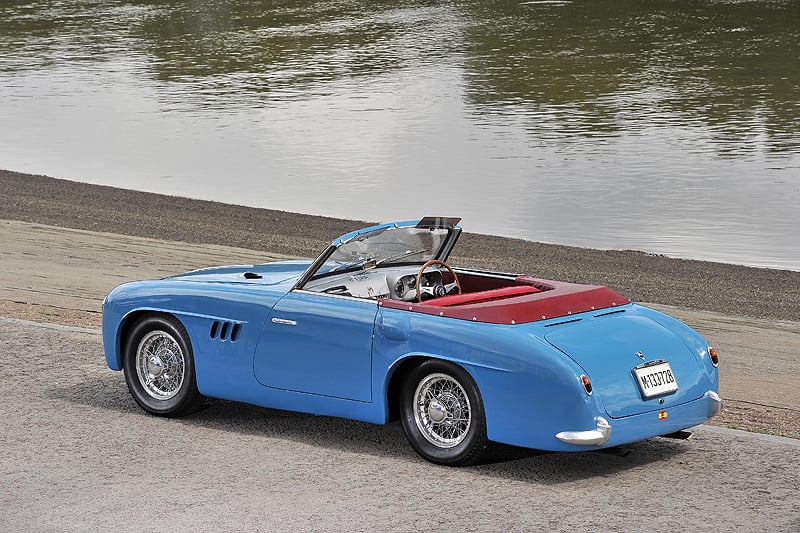
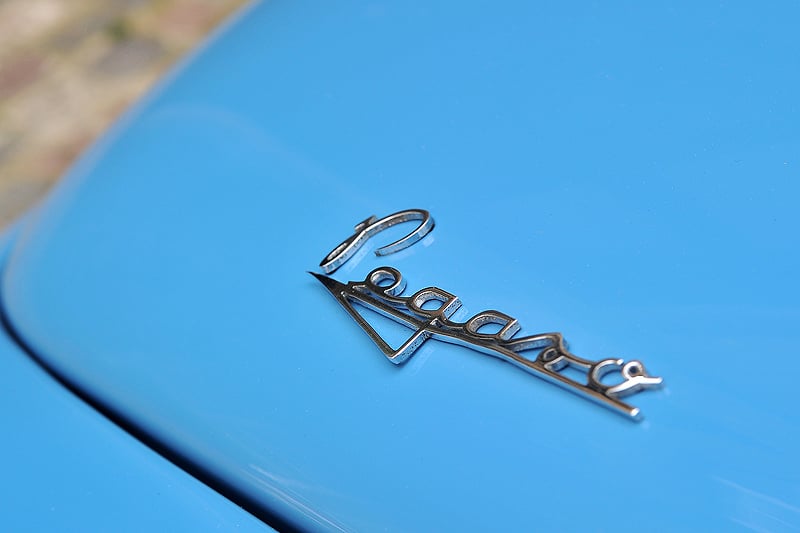
Owing to their hand-built nature and the significant outlay required for ownership, only around 100 Z-102s were built over the car’s lifespan of less than a decade. Coachwork could be specified in an Italian (Touring), French (Saoutchik) or Spanish flavour (by Serra, or in-house by Enasa as seen here), with most available in coupé or convertible formats. The bodies were continuously developed over the years, as were the engines; capacities rose progressively from 2.5 litres, through to 4.7 litres in the final years. At one point in 1953, the Z-102 was the fastest production car on the planet.
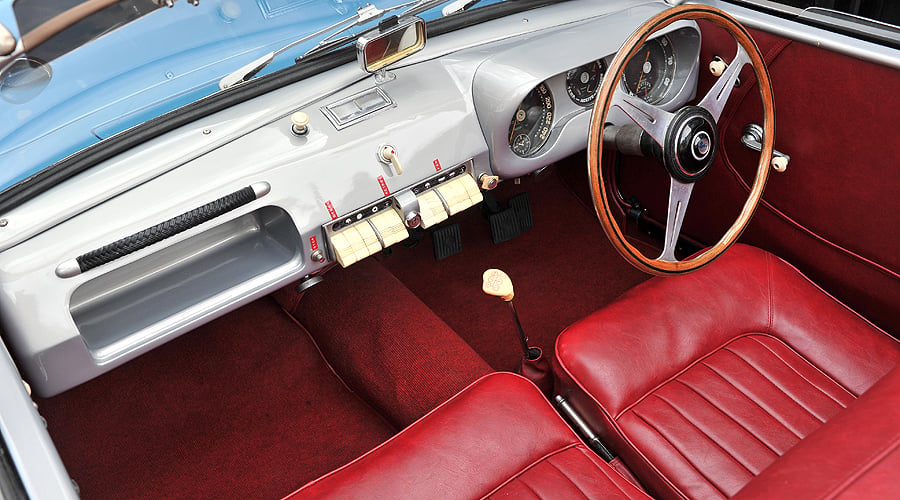
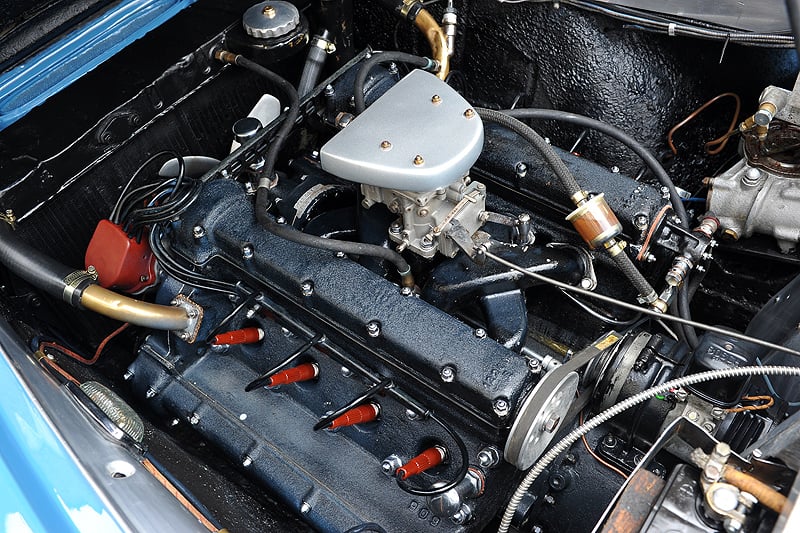
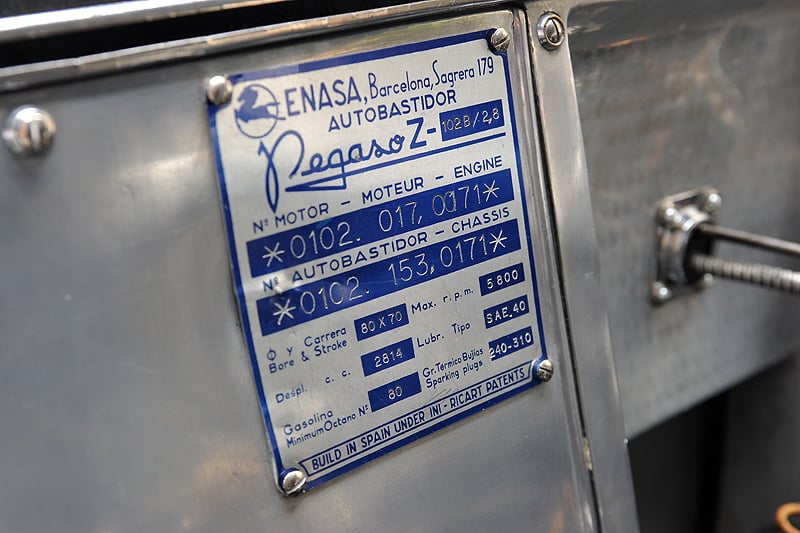
Despite Z-102 production being split between the former Hispano factories in Barcelona and Madrid, Pegaso’s success in the 1950s commercial vehicle market pushed the company’s resources to their limits. A decision was taken to refocus on the core business of producing trucks and buses, and Ricart resigned soon after.
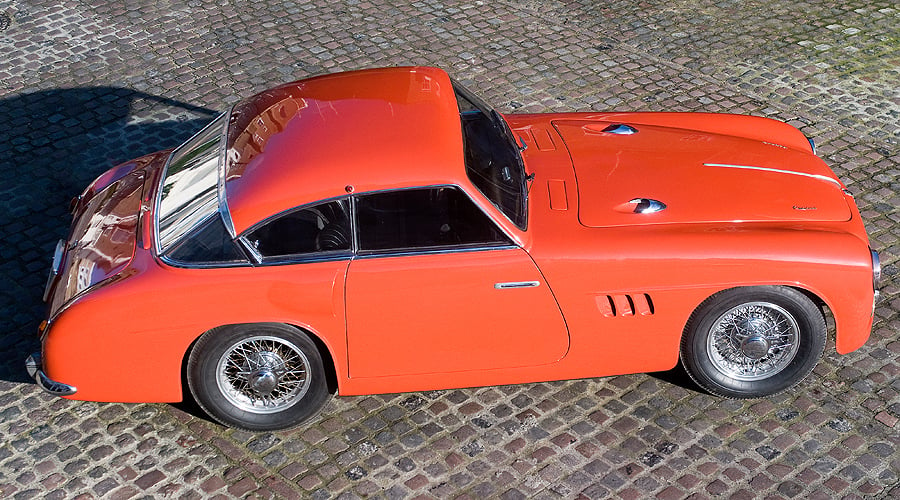
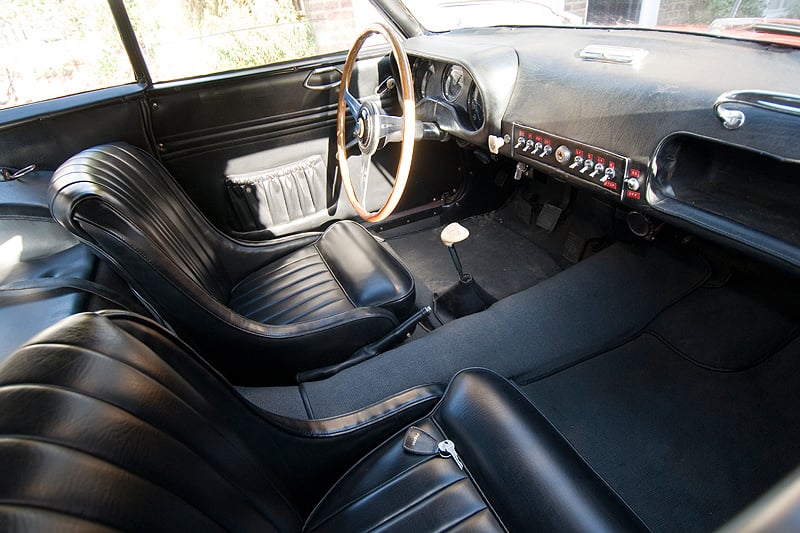
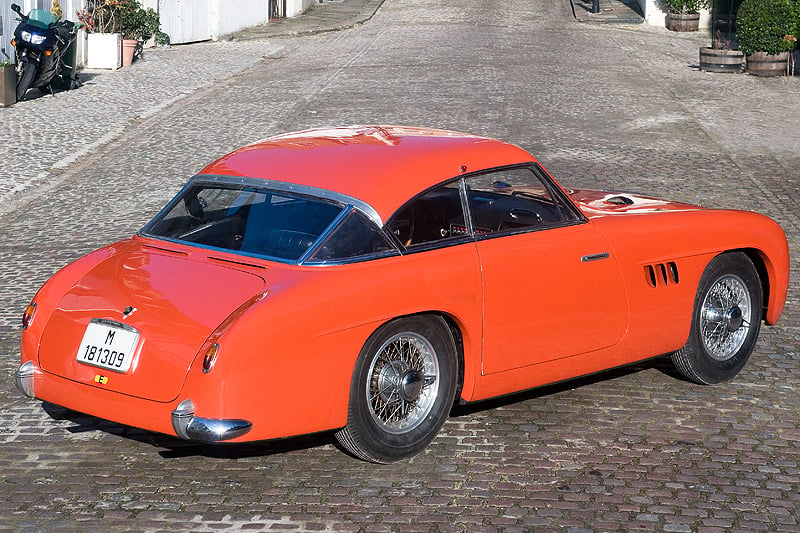
Many believed Ricart was a more adept engineer and designer than a CEO; indeed, it would seem he concentrated more on technical innovation and settling personal vendettas than embracing the core values and securing long-term financial security for the State-owned company. But one thing is sure: it would have taken a brave man to push a newly founded truck manufacturer headlong into battle with Ferrari, not to mention the XK Jaguars and DB2 Astons of the era. The mere suggestion would have sounded just as absurd then as it does now – Scania supercar anyone?
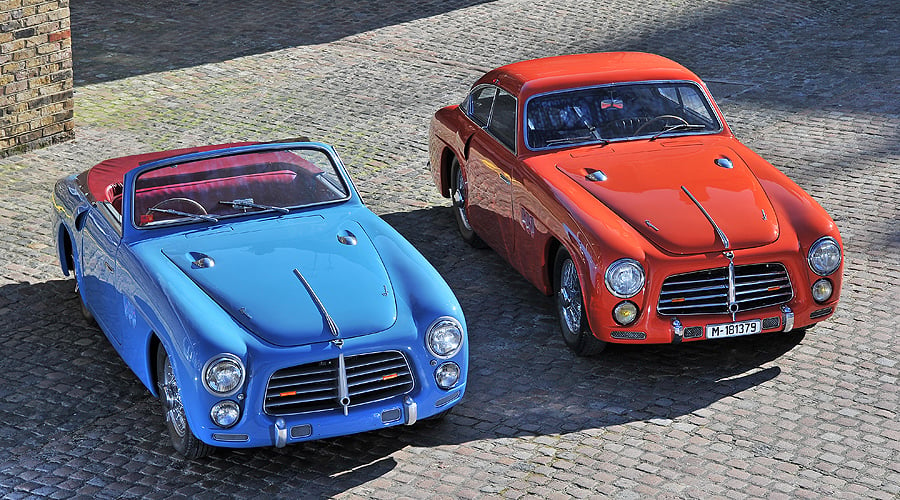
Photos: Tim Scott of (www.fluidimages.co.uk)













